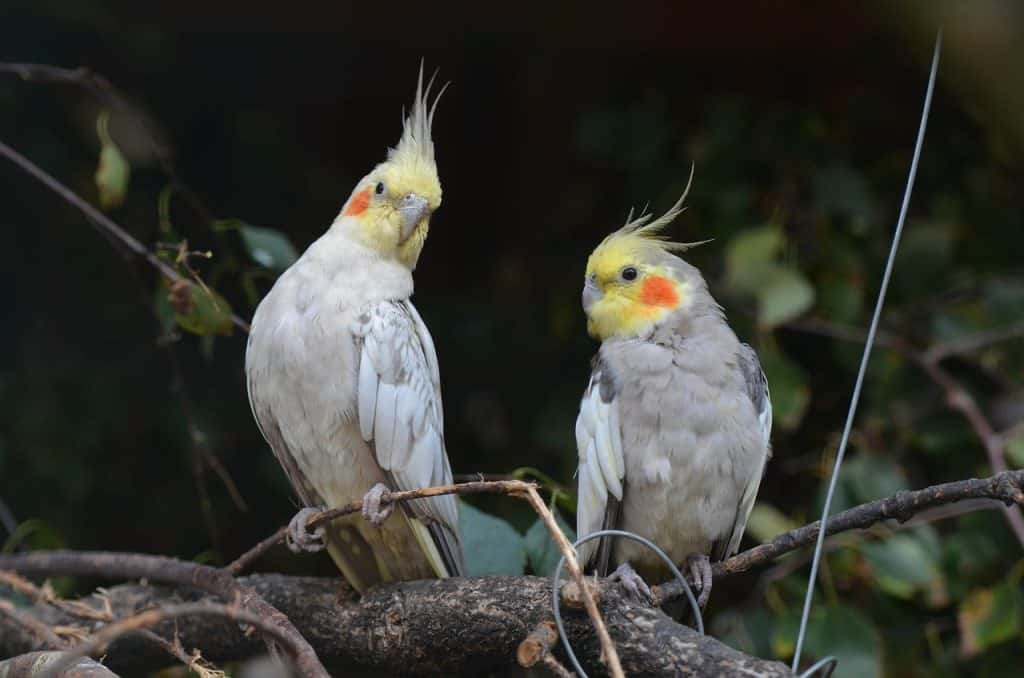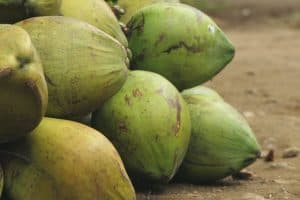When considering a pet bird, you might come across cockatiels and wonder, “Is a cockatiel a parrot?” The answer is yes – cockatiels are part of the parrot species, more specifically, they belong to the cockatoo family. These social birds are native to Australia and are loved by bird enthusiasts for their entertaining temperament and ability to adapt to apartment living.
Cockatiels, scientifically known as Nymphicus hollandicus, are smaller in size compared to most other parrot species and have some unique features like long tail feathers and a curved beak. Male cockatiels are easily distinguishable from females, as they usually have a vibrant yellow face and orange cheek patch. While their crest feathers stand tall when they are excited or curious, it’s a common characteristic found within the cockatoo family.
In the wild, cockatiels tend to feast on grass seeds, but as pets, they thrive on a more varied diet of seeds, fresh fruits, and vegetables. Just like other parrots, cockatiels require plenty of interaction, a large cage, and regular visits to an avian veterinarian to keep them happy and healthy. Overall, they make wonderful pets and bring joy to bird lovers around the world.
Defining the Cockatiel
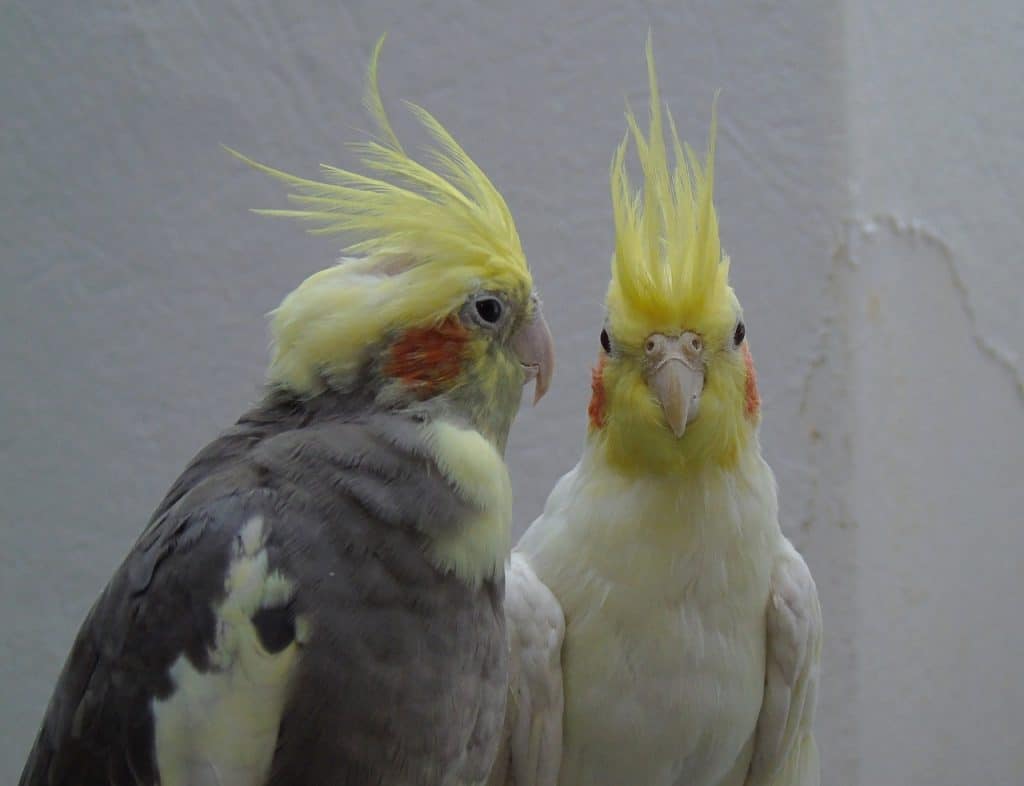
When you think of a pet bird, cockatiels often come to mind, along with parrots and budgies. But have you ever wondered, is a cockatiel a parrot? The answer lies in understanding the cockatiel and its characteristics.
Cockatiels belong to the cockatoo family, making them a species of small parrots. Distinguished by their cockatiel’s crest feathers, they have other defining features that set them apart from most other parrot species. These include tail feathers that can make up half the length of their bodies and their easily distinguishable orange cheek patch.
Native to Australia, wild cockatiels inhabit semi-arid regions, feeding on grass seeds and occasionally fresh fruits. Generally, male cockatiels have brighter colors than female cockatiels, with yellow or white faces. Female cockatiels display grey or muted faces, allowing for easy distinction between the sexes.
Cockatiels tend to be social birds, developing strong bonds with their owners. They are also quieter in comparison to other parrots like sun conures and larger parrots, making them great companions for apartment living. In captivity, it’s important to provide them with a varied diet that includes seeds, fresh vegetables, and fruits, as an all-seed diet can lead to issues like fatty liver disease.
Their captivating appearance, with a curved beak and crest feathers that express their emotions, have made them popular pets around the world. As wonderful pets, they require a large cage, fresh water, and lots of interaction with their owners, as well as an avian veterinarian to address any health concerns.
While cockatiels share some common characteristics with other birds in the parrot family, they are unique in their own way. For example, they have four toes on each foot instead of the typical two found in South American parrots. Additionally, they belong to their own genus, Nymphicus hollandicus.
Differentiating cockatiels from other parrot species goes beyond their physical traits. They display more subtle vocalizations, often imitating whistles and household noises rather than human speech. These distinct features make them easily distinguishable from their cockatoo relatives.
Parrot Classification
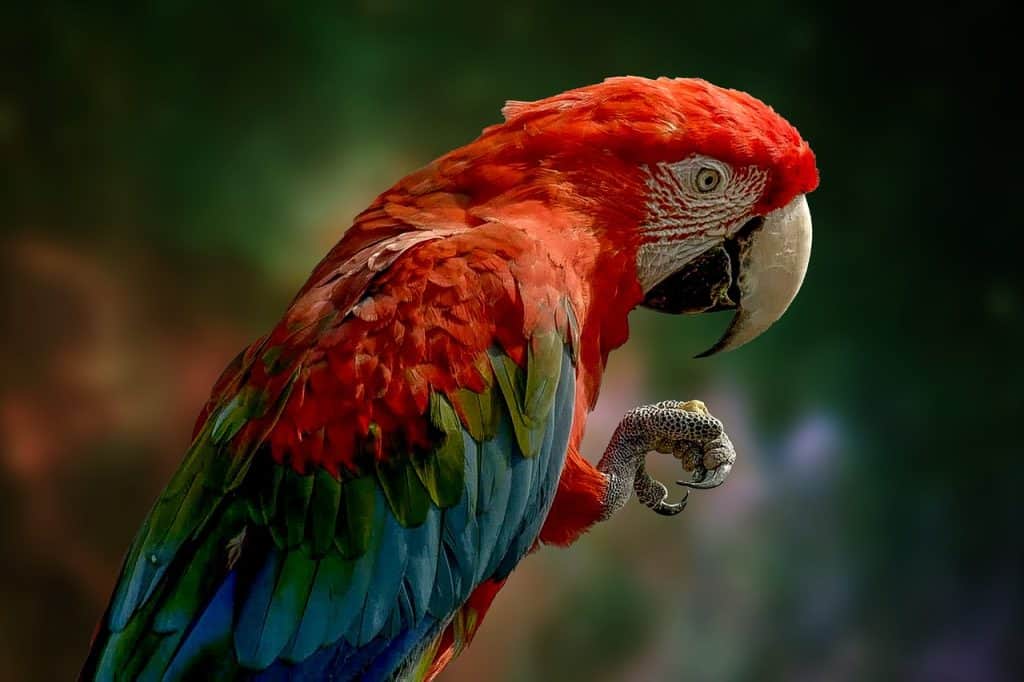
In comparison to most other parrot species, cockatiels have unique CHARACTERS, such as their notable crest feathers. These crest feathers help indicate the bird’s mood – when they’re relaxed, the crest lays flat, and when excited, it stands upright. Another differentiating feature of cockatiels is their ORANGE CHEEK PATCH, which is more prominent on male cockatiels.
Cockatiels are highly SOCIAL BIRDS and make wonderful pets, especially when hand-fed from a young bird age. They are known to be easier to bond with compared to larger parrots and can be quite affectionate. In terms of pet bird options, many people prefer cockatiels over other birds due to their ability to adapt to apartment living while still being excellent companions.
To maintain a happy and healthy cockatiel, providing a well-balanced diet is essential. Wild cockatiels primarily feed on grass seeds, but a cockatiel in a pet setting requires a more varied diet, including:
- Fresh vegetables like broccoli, carrots, and sweet potatoes
- Fresh fruits such as apples, bananas, and berries
Moreover, an all seed diet is strongly discouraged, as it can lead to fatty liver disease and other health issues. Regular visits to an avian veterinarian are also crucial for a healthy pet bird.
In the wild, cockatiels tend to live in tree hollows and require a large cage to feel comfortable in captivity. A large cage allows them to spread their wings and avoid behavioral issues that may arise from being confined.
There are several color mutations in cockatiels, such as cinnamon, pied, and recessive silver, adding to the variety of these charming parrot species. Male cockatiels typically have more vibrant colors, while female cockatiels are usually grey or muted in color. In some cases, female cockatiels may have red eyes, making them easily distinguishable from their male counterparts.
In summary, cockatiels are indeed a type of parrot, although they differ from other parrot species in a few notable ways. With their unique appearance, affectionate nature, and adaptability, cockatiels make fantastic companions for pet bird enthusiasts.
- Package contains: you will get 1 pieces bird cage net cover in green color, which measures approx. 118 x 15 inch/ 300 x 37 cm in circumference and width, suitable for medium and small birdcages; Not recommend to be applied for large birdcages or extra large birdcages; Please confirm whether the size is suitable for your birdcage before buying
- Keep your house clean: the birdcage seed feather catcher can be applied for your bird cages, which can prevent the messy seeds and floating feathers from scattering on your house, keeping your house clean and tidy
- Can be adjusted: the bird cage net cover is designed with elastic ropes on the top and the bottom, which can hold the bird cage net cover firmly in place and preventing the bird cage net cover from slipping; You can make a small knot behind the small clasp to prevent falling after tightening the rope
- Air circulation: the birdcage nylon mesh netting is made by netted fabric, which can allow air circulation and will not block the light, providing a comfortable living place for your birds
- Machine washable: the soft skirt guard consists of nylon mesh, which is soft and flexible, easy to wash by hand or machine and dry out quickly
Cockatiel vs Parrot: The Differences
There are key differences between cockatiels that set them apart from other parrots.
Cockatiels, or Nymphicus hollandicus, are wild cockatiels native to Australia and are known for their distinctive crest feathers and long tail feathers. Their crest feathers make them easily distinguishable from most other parrot species. Male cockatiels tend to have a vibrant yellow face and an orange cheek patch, while female cockatiels have grey faces and duller markings.
Cockatiels have a different diet compared to many parrot species, primarily consisting of grass seeds. In captivity, it’s essential to provide a varied diet for your cockatiel, including fresh fruits, vegetables, and pellets. An all-seed diet can lead to health issues such as fatty liver disease.
Cockatiels’ personalities also set them apart from other parrots, like sun conures or South American parrot species. These birds are generally quieter and more laid-back than their louder counterparts, making them suitable for apartment living. However, cockatiels are social birds and require adequate attention and daily interaction to thrive and prevent behavioral issues.
While other parrot species tend to have a curved beak, cockatiels have a slender beak, making them less likely to damage furniture or chew on wooden toys as larger parrots might. When comparing their size to other parrots, cockatiels are smaller, requiring a smaller cage size than more massive birds like African greys or macaws.
Here are some quick facts to highlight the differences between cockatiels and other parrots:
| Feature | Cockatiels | Other Parrots |
| Size | Small | Small to Large |
| Beak | Slender and less curved | Curved and strong |
| Crest Feathers | Prominent | Rare or absent in other parrot species |
| Native Habitat | Australia | Various, primarily South America |
| Noise Level | Quieter | Moderate to Very Loud |
| Personality | Laid-back and social | Varies |
| Diet | Grass seeds, fruits, vegetables | Seeds, nuts, fruits, vegetables |
These differences in appearance, diet, behavior, and living environment make cockatiels unique from other parrots. If you’re deciding on the perfect pet bird for your family, an avian veterinarian can provide further insight to help determine whether a cockatiel or another parrot species better suits your lifestyle.
Common Cockatiel and Parrot Traits
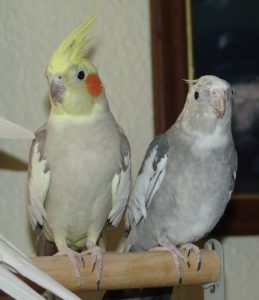
When trying to determine is a cockatiel a parrot, it’s important to look at the common traits that cockatiels share with other parrot species. Cockatiels (Nymphicus hollandicus) are indeed considered to be small parrots, as they belong to the cockatoo family. Native to Australia, these charming birds are popular pet choices due to their social nature and suitability for apartment living.
Cockatiels resemble their larger parrot relatives in various ways, such as:
- The distinct curved beak found on parrots and cockatoos alike.
- Both cockatiels and parrots typically have four toes on each foot, with two pointing forward and two pointing backward.
- Parrots and cockatiels both possess crest feathers that display their emotions, reacting to their mood and environment.
However, there are a few features that differentiate cockatiels from most other parrot species:
- Size: Cockatiels are smaller than many parrots, such as sun conures, and much smaller than larger parrots like the African grey or the macaw.
- Diet: While all parrots require a varied diet, wild cockatiels tend to consume more grass seeds in comparison to other birds like budgies, which feed on a wider variety of foods.
- Coloration: Cockatiels have distinct orange cheek patches and unique markings on their tail feathers and wings, making them easily distinguishable from other parrots. Though color variations exist, most pet cockatiels showcase a grey body with white markings and a bright yellow face.
It’s crucial to understand that despite being smaller in size, cockatiels still need a large cage with plenty of room to move around, stretch their wings, and play. Both cockatiels and other parrots indulge in a diet consisting of a mix of:
- Pellets
- Fresh fruits and vegetables (e.g., sweet potatoes, leafy greens)
- Seeds and nuts (though seeds should be limited to avoid fatty liver disease)
Moreover, to keep your cockatiel or parrot happy and healthy, provide them with fresh water and engage in regular interaction. Whether you choose a cockatiel or another parrot species as your pet bird, you’ll want to establish a relationship with an avian veterinarian to help maintain your bird’s overall well-being. To sum it up, cockatiels are small parrots that share many common characteristics with other parrots, making them wonderful pets for bird enthusiasts.
Final Thoughts: Is a Cockatiel a Parrot?
To answer the question, “is a cockatiel a parrot,” the answer is yes, cockatiels are considered parrots. While they’re part of the cockatoo family, they are still categorized under the parrot species due to their shared characteristics with other parrots, such as a curved beak and zygodactyl feet (four toes on each foot).
In summary, given their distinct appearance, behavior, and dietary needs, cockatiels are fascinating and engaging small parrots to keep as pets. Despite being a part of the cockatoo family, they still possess common characteristics shared by other parrots and are consequently classified as such. With proper care, these charming birds can be wonderful companion pets, offering endless entertainment and affection.
